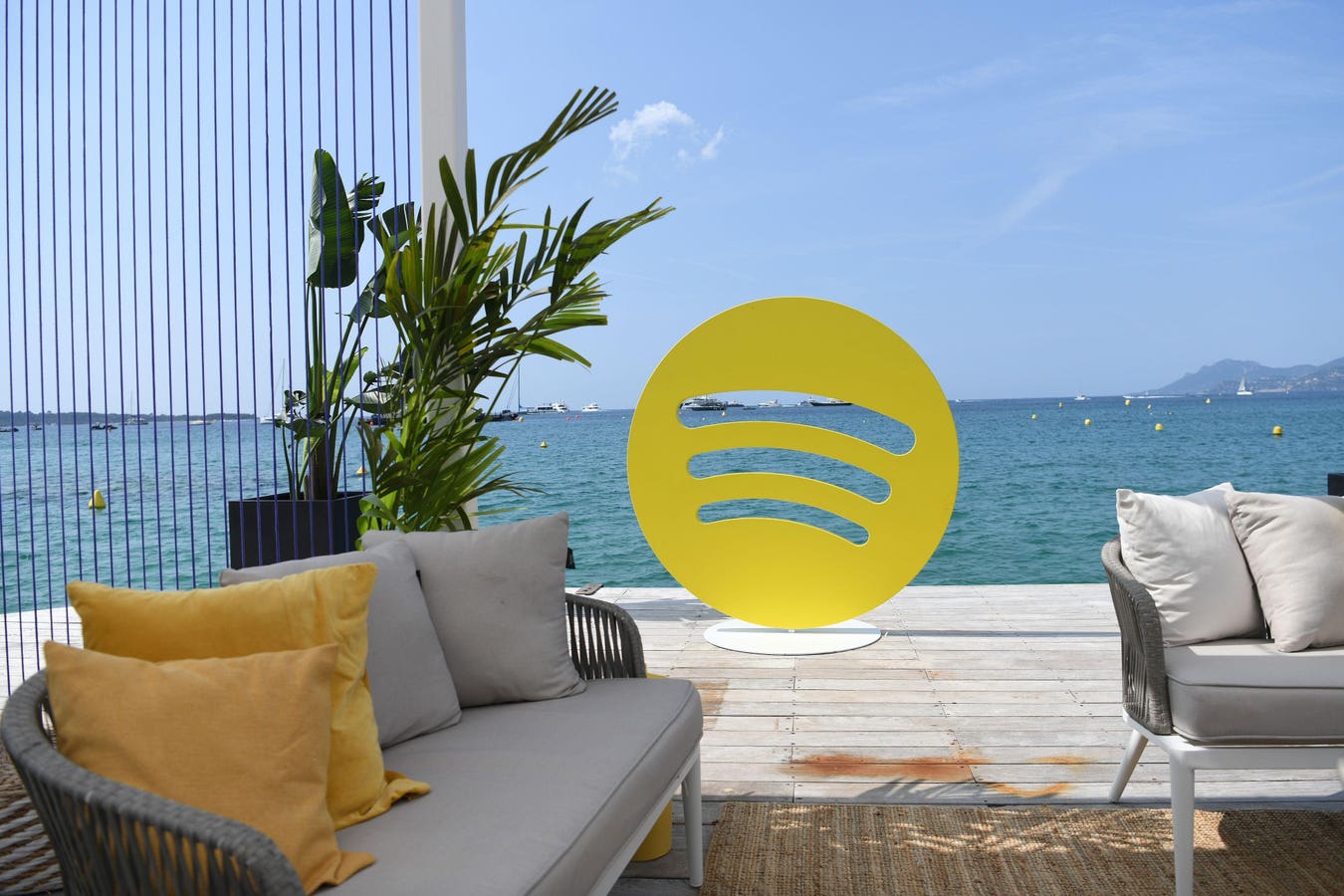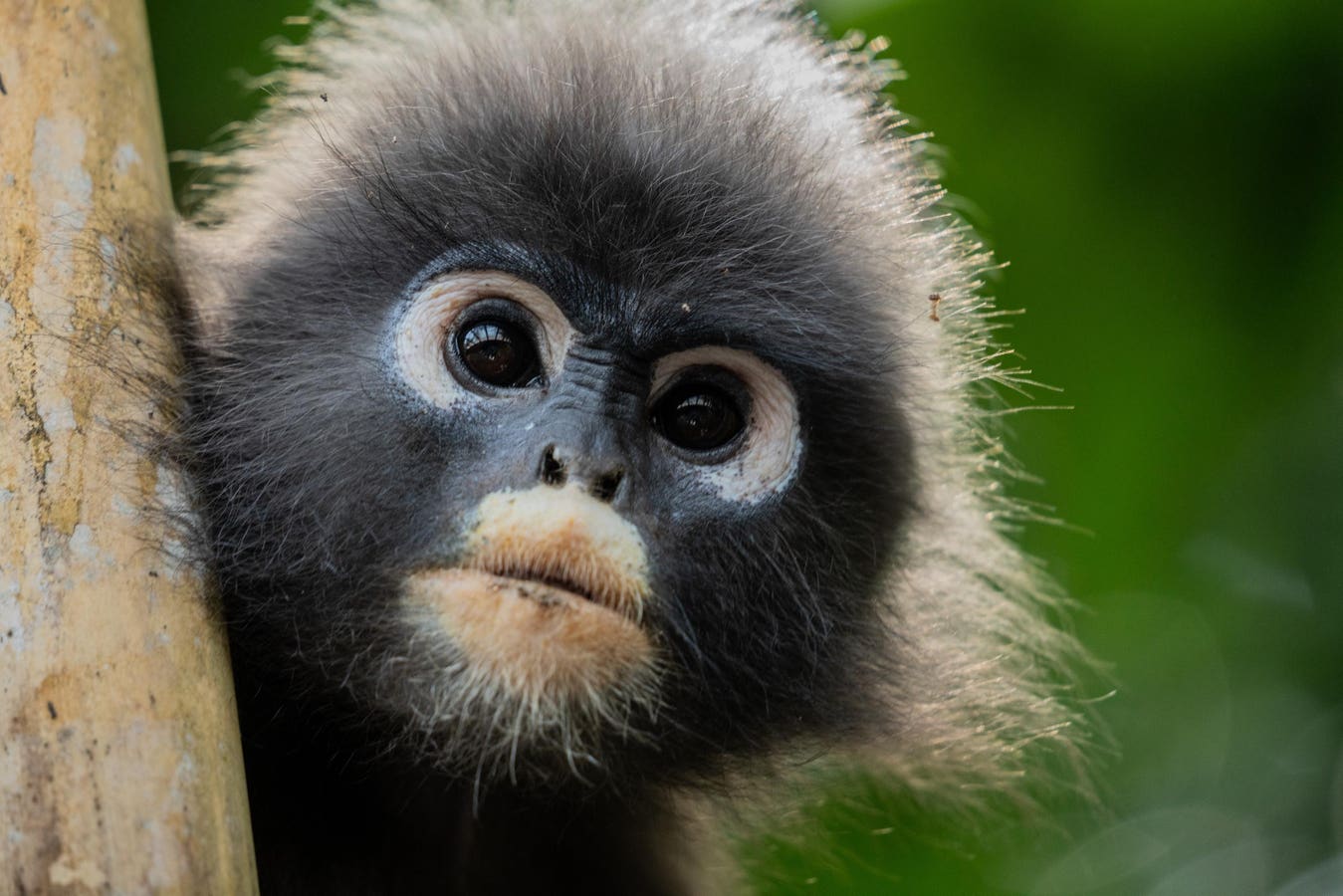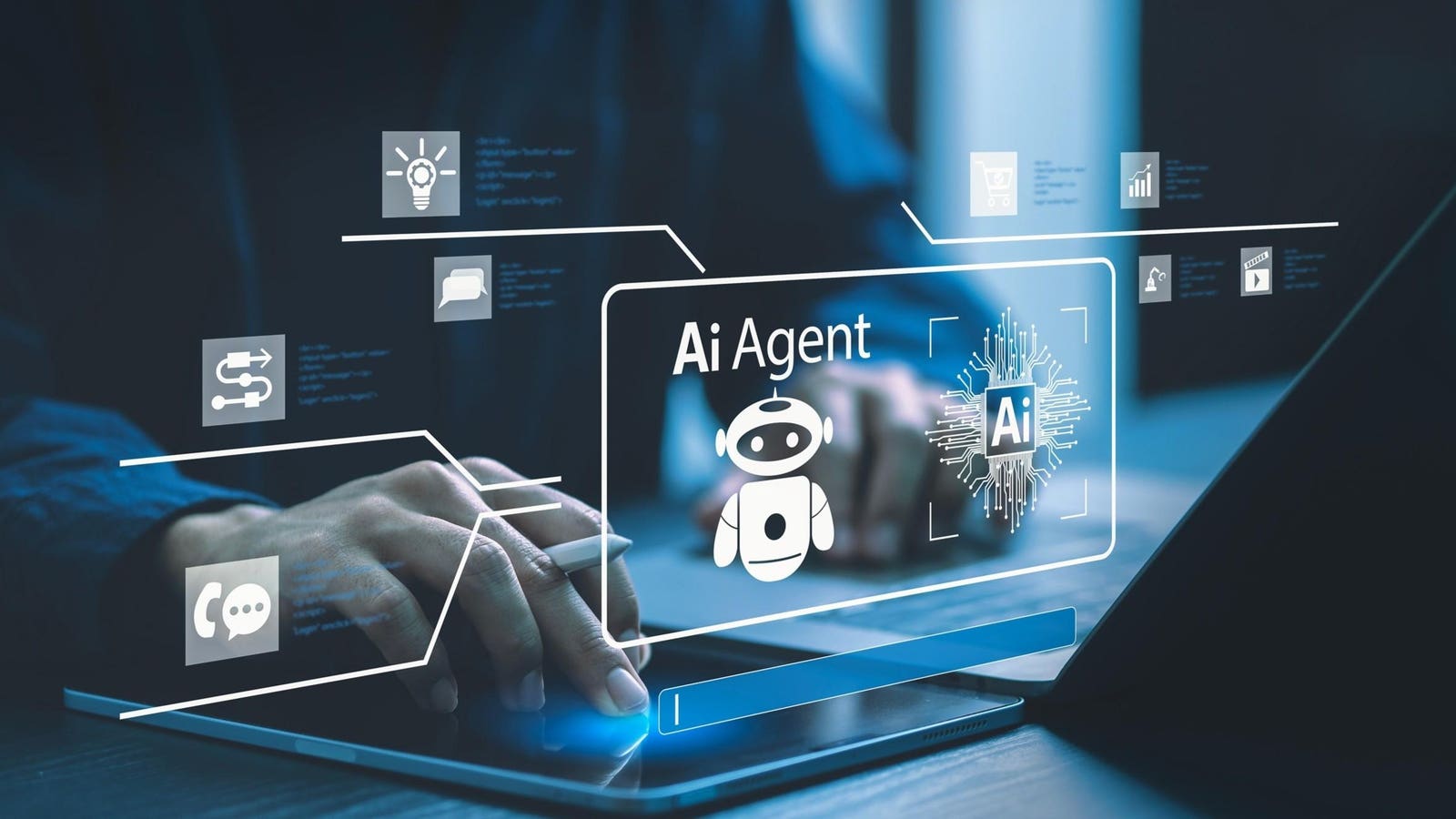CANNES, FRANCE – JUNE 17: Atmosphere at Spotify Beach during Cannes Lions 2025 on June 17, 2025 in … More
Last week, the creator economy faced a pivotal moment, not because of a new algorithm, platform or monetization model, but because of a calendar clash. Cannes Lions and VidCon, now under the same parent company, unfolded during the same week for the second time in three years. And while they were meant to celebrate creativity in all forms, what they revealed instead was a growing split in the industry itself. As creators increasingly move from the margins to the center of brand strategy, this week underscored a truth that marketers and media can no longer ignore: creators are no longer the next big thing – they are the thing.
A Split Screen for the Creator Economy
Cannes Lions has long been the playground of legacy brands, creative agencies and media powerhouses. This year, it leaned further into its identity as the pinnacle of polished, brand-driven storytelling. VidCon, on the other hand, remained a grassroots, creator-first gathering defined by high energy, direct fan engagement and chaotic innovation. While both events celebrated creators, the paths they charted for the future of influence diverged significantly.
Who Went Where and Why
The overlapping schedule highlighted a strategic fork in the road. Creators and companies had to choose: high-concept panels and yacht-side brainstorms at Cannes, or poolside networking and creator-led activations at VidCon. Only a select few managed to brave the jet lag and bridge both worlds.
For creators whose brand partnerships, agency ties, or corporate sponsors aligned more with global campaigns and marketing strategy, Cannes was the natural fit. These individuals were drawn by the opportunity to sit alongside CMOs, speak on main stages and get facetime with the biggest names in advertising and tech. Creators making waves on connected TV or pioneering AI integrations had a strong presence here.
Meanwhile, creators focused on building community, testing new monetization tools, and cultivating their audience relationships were more likely to choose VidCon. The Anaheim event provided a space for emerging and mid-tier creators to engage deeply with fans, discover new tech platforms and make IRL connections that rarely happen online. VidCon also served as a proving ground for innovation at the grassroots level.
This divide not only exposed the contrasting nature of the two events but also underscored the broader segmentation within the creator economy itself: scale vs. intimacy, polish vs. presence, spectacle vs. spontaneity.
VidCon Demonstrated The Chaos of Creativity
VidCon 2025 saw a shift in tone under new leadership. Gone was the Creator Hotel, and in its place, creators spilled across Anaheim’s Marriott and surrounding venues. The unstructured setting led to organic conversations, spontaneous collaborations and authentic relationship building.
One standout was Viewws’ Dink + Smash pickleball activation, which perfectly captured the event’s ethos: creator-first, participatory and wildly engaging. Among the creators making waves were Dhar Mann and VidCon co-founder Hank Green, both of whom exemplified the event’s commitment to accessible, grassroots creativity. Creators engaged with fans, brands and each other on a human level. Yet, despite these strengths, there were murmurs that VidCon’s influence may be waning in some circles, with fewer brand booths and less corporate luster.
Cannes Was The Theatre of Brand Power
Meanwhile, Cannes Lions delivered its usual spectacle. From AI-driven installations to glittering panels on future creativity, it was a showcase of brand investment and storytelling prowess. What stood out in 2025 was the increasing role of creators as core participants. Notable figures like Amelia Dimoldenberg, Steven Bartlett and Grace Beverly brought sharp cultural insight and strategic depth to panels and conversations, cementing their roles as vital players in brand storytelling.
YouTube’s 20th anniversary celebration exemplified this shift, with creators headlining discussions on format innovation, fandom culture and AI-powered content. AI was the buzzword of the week, but the most resonant message was about synergy: human creativity amplified by technology. Panels underscored that brands succeeding today are those embracing authenticity and building trust through creator-led narratives.
Two Sides of the Same Coin
Despite the differences, both events showcased the critical role creators now play. VidCon focused on the day-to-day realities of creators: monetization, burnout and business strategy. Cannes emphasized creators as cultural architects, capable of steering brand identity and global conversation.
VidCon offered lessons in community and hustle; Cannes in vision and scale. Together, they painted a picture of an economy maturing into two distinct but complementary modes: one rooted in connection, the other in prestige.
What This Means for the Industry
Across both Cannes and VidCon, creators shaped the themes, challenged norms and drove engagement in ways no other stakeholder group could match. Their influence is no longer limited to follower counts or short-form content; they are shaping business models, cultural narratives and future media formats.
The rise of creators as thought leaders, collaborators and innovators means that future industry conversations, whether they take place on yachts or in convention halls, will be incomplete without them.









